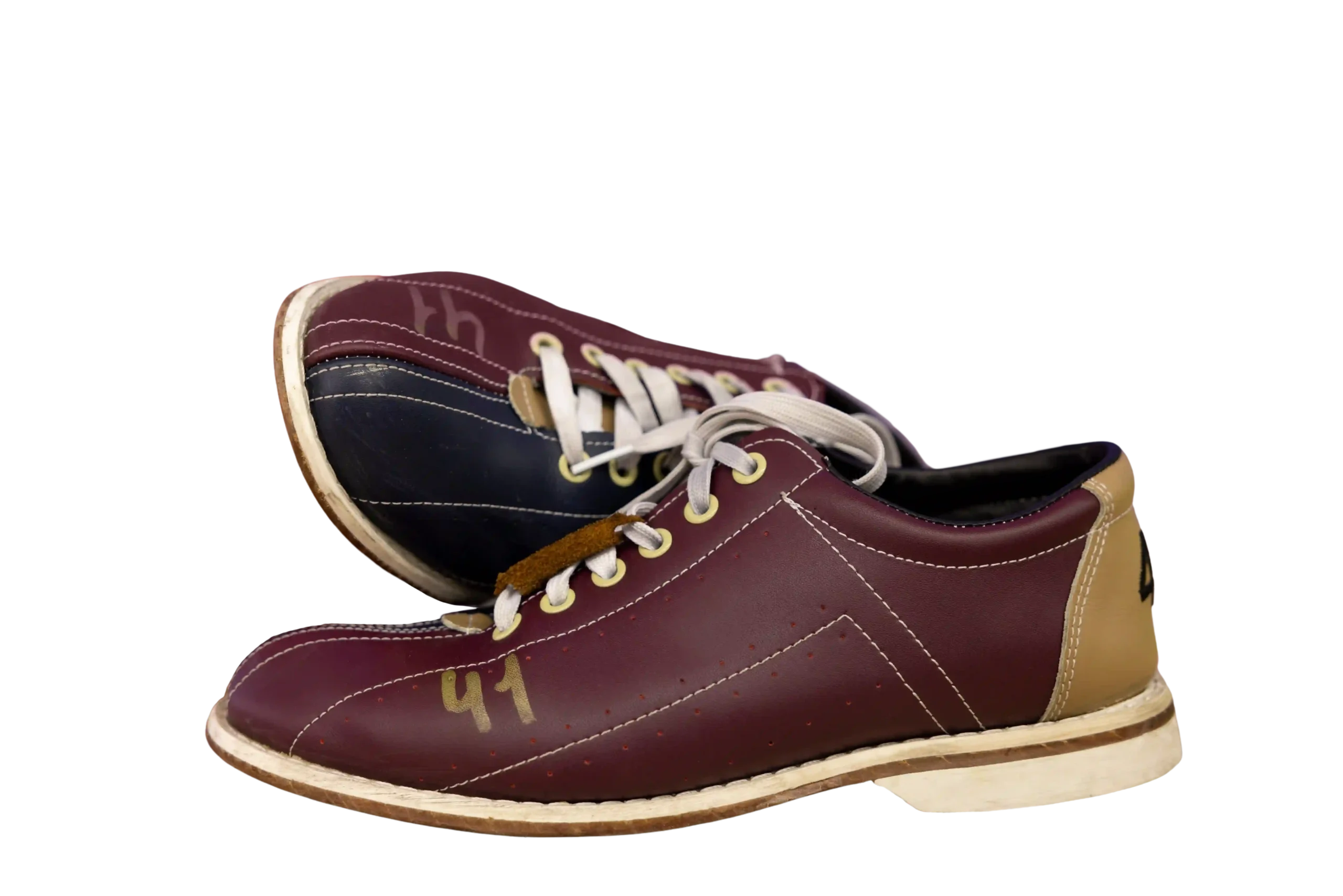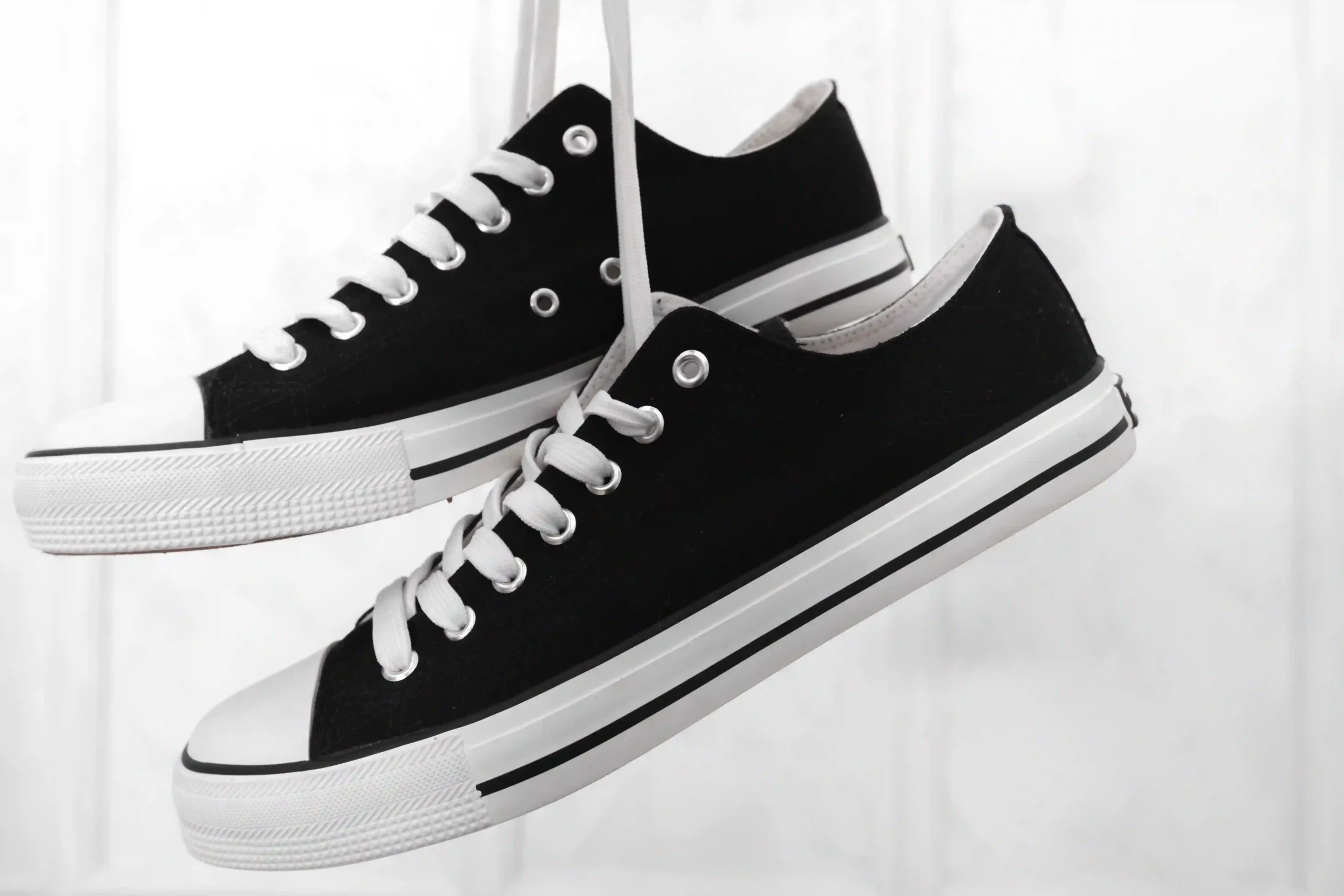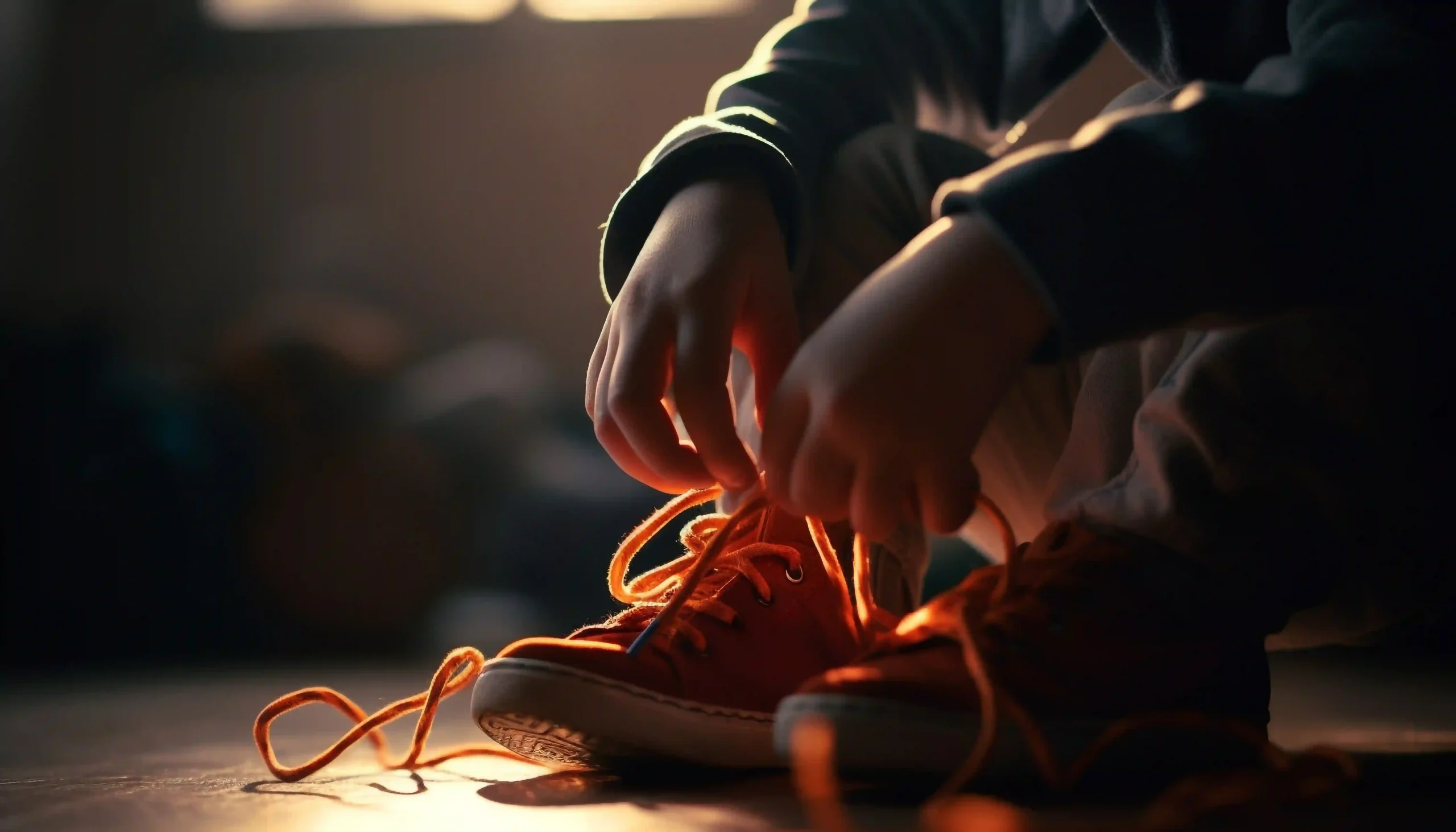In footwear production, maintaining high-quality standards is essential to ensure customer satisfaction and reduce waste. However, despite best efforts, various quality problems often arise during the manufacturing process. These issues can affect the overall functionality, comfort, and durability of the shoes, leading to returns, customer complaints, and damage to a brand’s reputation. This article explores the common quality problems in footwear production and provides practical solutions to address these challenges.
1. Material Defects
Problem:
Material defects are one of the most common quality problems in footwear production. These defects can range from discoloration and tears to improper texture or elasticity. Whether it’s leather, rubber, or synthetic materials, the quality of the raw materials directly impacts the final product’s durability and appearance.

Solution:
To avoid material defects, it’s crucial to source materials from reputable suppliers and conduct thorough inspections. Implementing quality control tests on incoming materials, such as tensile strength tests for leather and flexibility checks for rubber, can help detect potential problems before production begins. Additionally, training workers to recognize material flaws and improving supplier relationships can minimize this issue.
2. Stitching and Seams Problems
Problem:
Another frequent issue in quality control problems in shoes is poor stitching. This may manifest as loose threads, skipped stitches, or uneven seams, which can compromise both the aesthetics and structural integrity of the shoe. Such defects are often the result of machinery malfunction, improper thread tension, or human error.
Solution:
To address stitching problems, it’s important to maintain and regularly calibrate stitching machines to ensure proper tension. Regular training for operators can also help reduce human errors. Conducting quality checks during and after stitching ensures any issues are caught early, reducing waste and avoiding costly reworks.
3. Sole Adhesion Failures
Problem:
Sole adhesion failures are another common quality problem in footwear production. This occurs when the glue or adhesive used to attach the sole to the upper part of the shoe does not bond effectively, causing the sole to detach over time. Such problems often arise due to improper adhesive application, environmental factors, or incorrect curing times.
Solution:
To prevent sole adhesion failures, it is important to ensure that the correct adhesive for the material type is used and that the application is uniform. Manufacturers should also monitor curing times and environmental conditions (such as humidity and temperature) during the production process.
Regular adhesion tests and batch testing can also help identify any potential weaknesses in the adhesive process before the shoes are shipped out. If you need any advice on adhesives, please visit here.
4. Sizing and Fit Issues
Problem:
Poor sizing and fit are recurring problems in the footwear industry. When shoes don’t fit properly, customers are dissatisfied, which leads to returns and complaints. Inconsistent sizing between different production batches is one example of this issue, which can occur due to variations in patterns, molds, or manufacturing conditions.
Solution:
To eliminate sizing and fit issues, manufacturers should implement accurate measuring systems and standardize their sizing charts. Using digital scanning technology to ensure precision in pattern and mold production can reduce size discrepancies. Additionally, implementing customer feedback loops and performing fitting trials during prototype stages can provide early insights into potential sizing issues.
5. Color and Finish Inconsistencies
Problem:
Inconsistent colors and finishes are a common quality issue that can result in visual defects. Variations in dyeing processes, improper finishing techniques, or inconsistent material lots can lead to shoes with uneven color, gloss, or texture.

Solution:
Maintaining consistent quality in color and finish requires implementing robust color matching systems, including strict adherence to color codes. Regular inspection of dye lots and ensuring that the same finishing processes are used throughout production can minimize color discrepancies. In addition, manufacturers should conduct random sample testing of finished shoes to ensure uniformity in color and finish before shipment.
6. Poor Comfort and Support
Problem:
While aesthetic appeal is important, comfort and support are crucial for footwear quality. Shoes with inadequate cushioning, arch support, or poor alignment can lead to foot discomfort and injuries, especially in athletic shoes or work boots.
Solution:
To address comfort and support issues, footwear manufacturers must conduct extensive ergonomic testing during the design phase. Using advanced materials such as memory foam for cushioning or anatomically designed insoles can enhance comfort. Collaboration with foot health experts to assess and test shoe designs ensures that the footwear meets both aesthetic and functional requirements.
7. Inadequate Durability and Wear Resistance
Problem:
Durability is another essential aspect of shoe quality. Footwear that shows signs of wear and tear too quickly can lead to dissatisfaction and loss of customers. Common issues include soles wearing down prematurely, fabric ripping, or stitching coming undone.

Solution:
To enhance durability, manufacturers should select high-quality materials that are built to last and conduct wear resistance testing to ensure the shoes meet longevity standards. Using reinforced stitching, high-quality soles, and ensuring proper finishing processes can improve the overall durability of the shoes.
Final Thought
The common quality problems in footwear production can be addressed effectively by implementing rigorous quality control processes throughout the manufacturing stages. From material sourcing and stitching to comfort testing and durability assessments, careful attention to detail is key to producing high-quality footwear. By addressing these issues, manufacturers can enhance customer satisfaction, reduce returns, and build a strong reputation for quality.
Quality control problems may arise at different stages of production, but with proactive measures, companies can significantly reduce defects and maintain consistency. Incorporating technology, adhering to industry standards, and continually training employees are all essential components of a successful footwear quality control system.
